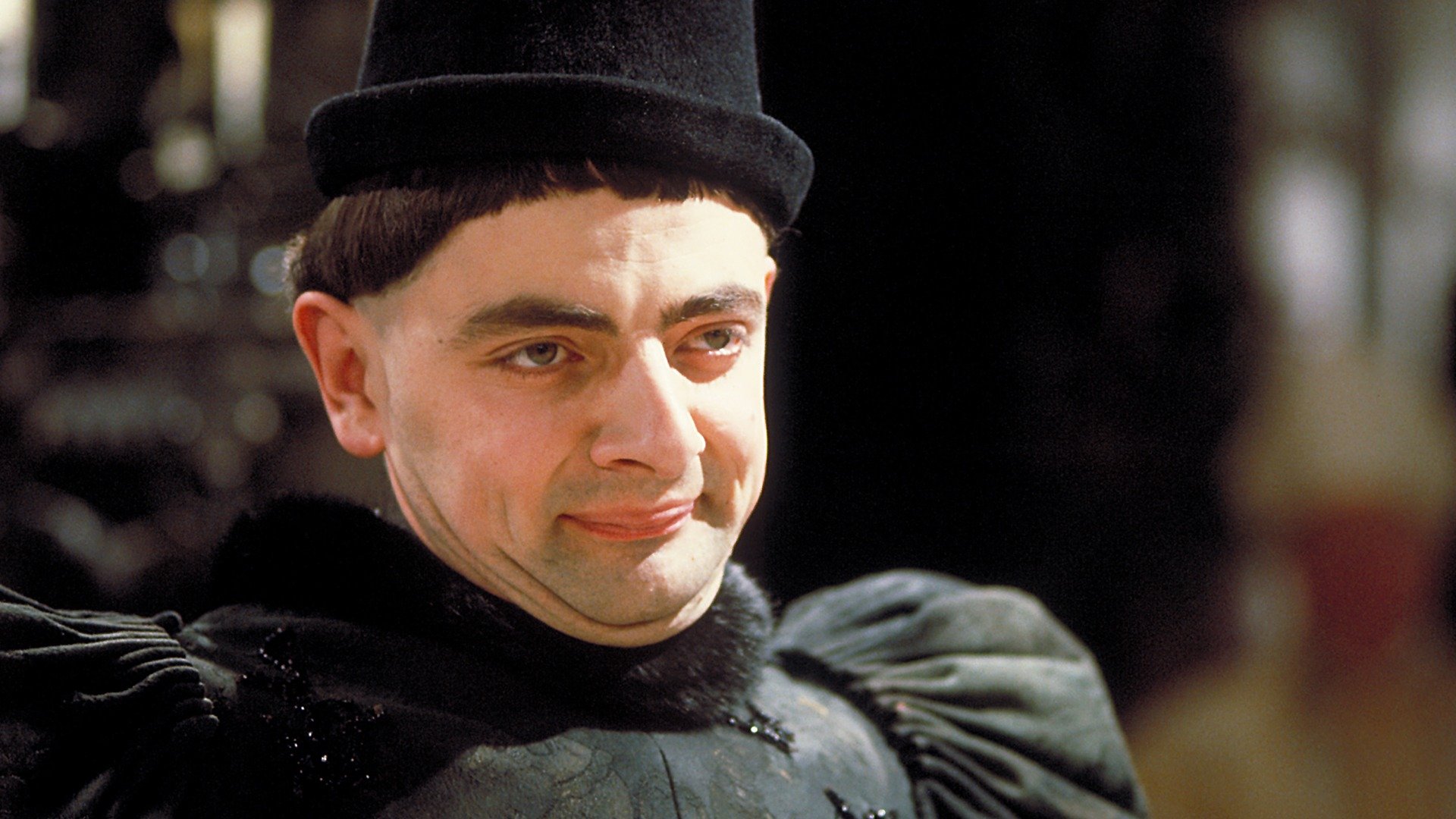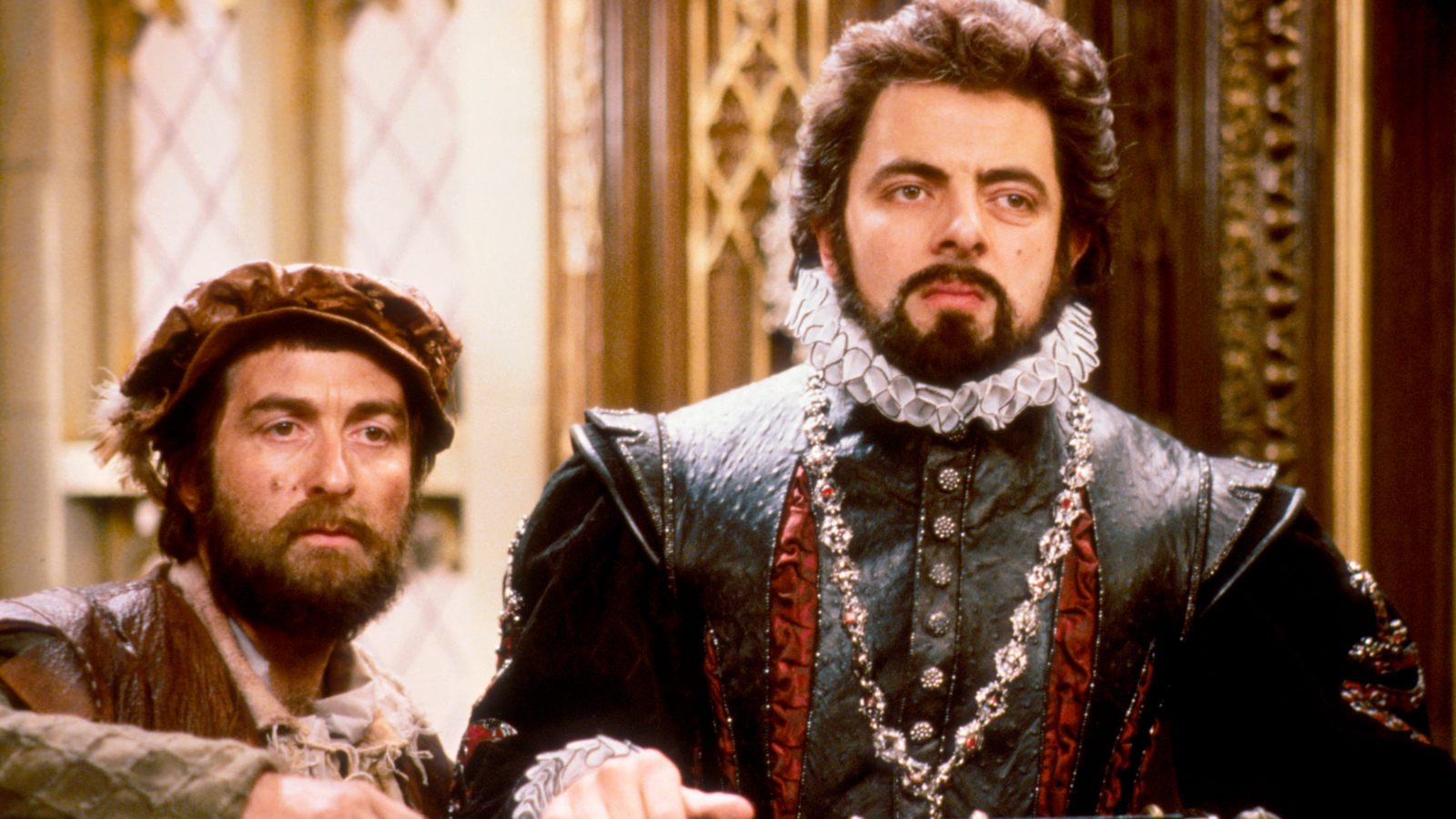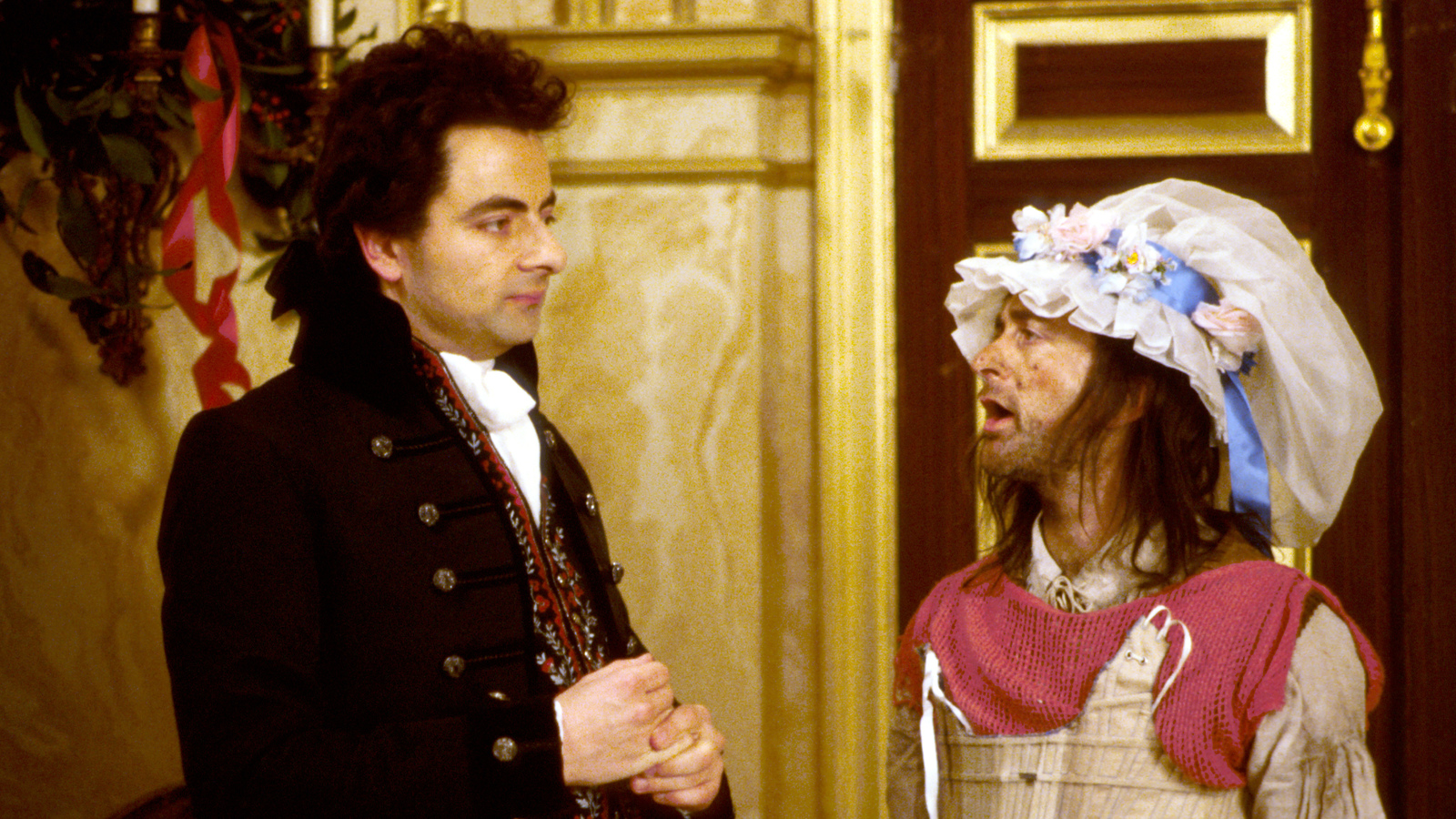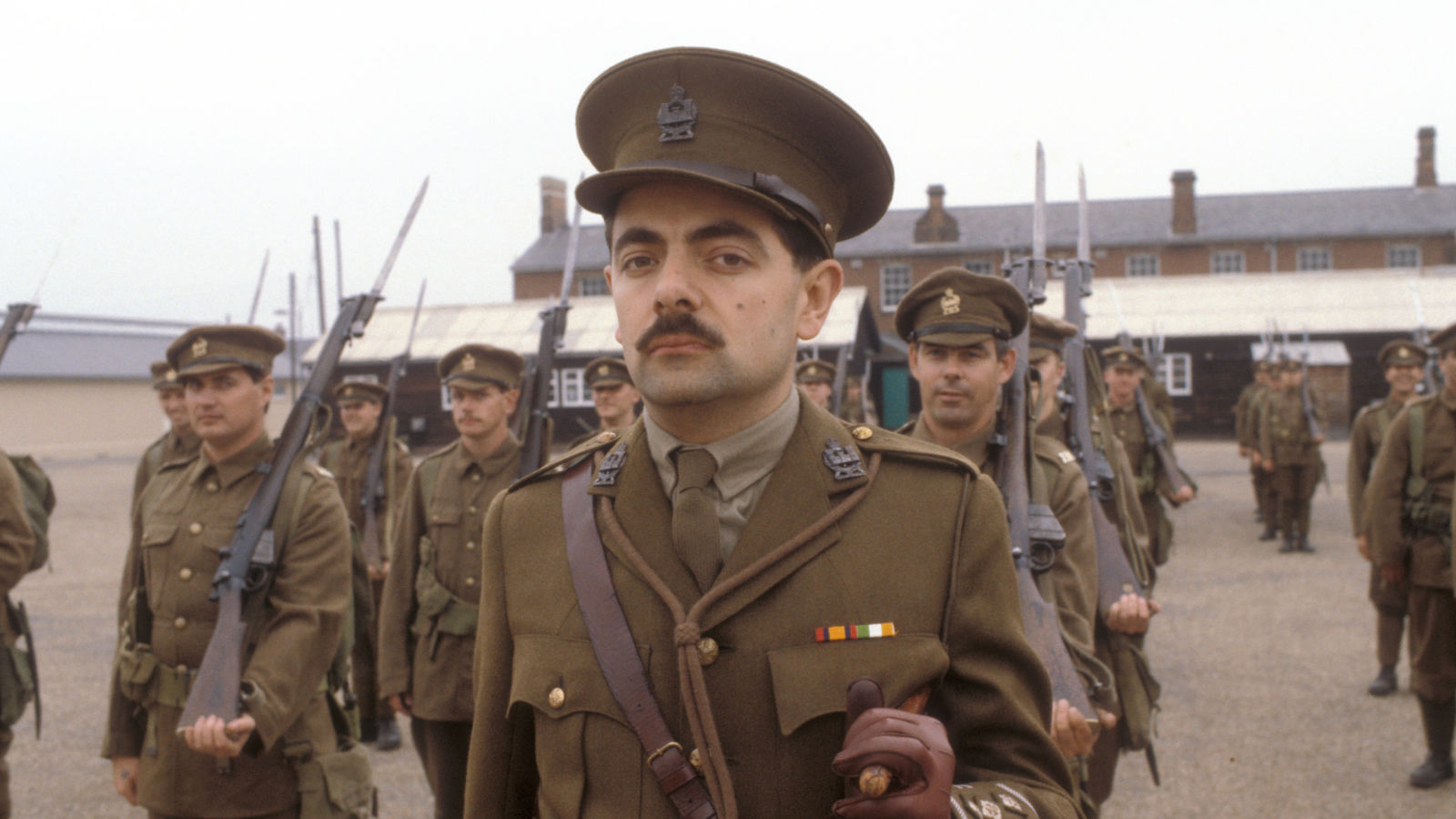Why does Prince Edmund’s last name change in “Blackadder”?
Quick Answer: In Series 1 of Blackadder, Edmund is the fictional son of the historical Richard of Shrewsbury. Though his name is Prince Edmund Plantagenet, he gives himself the nickname The Black Adder. Each series is set in a different time period with a different iteration of Edmund. As the era changes, so does Edmund’s social status and surname. As the show progresses, Edmund’s social status decreases and he goes from being surname-less royalty to non-royalty with the last name Blackadder.
In 1483, King Edward IV died leaving two young heirs: twelve-year-old Prince Edward V and nine-year-old Duke Richard of Shrewsbury. Their uncle Richard III, who was supposed to raise the boys, instead locked them in the Tower of London, had them declared illegitimate, and became King. The children were never seen again, and many surmised they were killed by their uncle and buried in the tower.
In the first series of Blackadder (1983 - 1989), the BBC’s four-part period sitcom, viewers are presented with an alternate history of 15th century England: What if Richard of Shrewsbury was never locked in a tower by his uncle King Richard III? In the world of Blackadder, Richard of Shrewsbury instead survives to be the next in line to the throne after his uncle. King Richard III then goes on to win the Battle of Bosworth Field, only to be accidentally killed by his nephew’s son Edmund (Rowan Atkinson). With this twisted retelling of history underway, Richard of Shrewsbury becomes King Richard IV, and his bumbling son Edmund becomes Prince Edmund.

Rowan Atkinson as Prince Edmund in Series 1
Where, then, does the title Blackadder come from? In the first series we learn that Blackadder is not a surname but rather Edmund’s self-appointed nickname. Though Edmund should ostensibly use his father’s surname, senior titled members of the Royal Family do not usually use a surname. Edmund is therefore sometimes referred to as Prince Edmund Plantagenet, as his paternal grandfather was Richard Plantagenet, Third Duke of York. Once Edmund becomes Prince, he gives himself the nickname The Black Adder and begins wearing all-black attire adorned with snakes.

Lord Blackadder in Series 2
Each series of the show takes place in a different era, with Atkinson playing the main character called Edmund in each. Though it’s not explicitly stated, it is implied that each iteration of Edmund is a descendant of the previous one. In Series 2, which is set in Elizabethan England, Edmund is still royalty and therefore has no last name; instead, Edmund’s title is Lord Blackadder.

Edmund Blackadder the Butler in Series 3
As the show progresses through the series, Edmund’s status decreases and he goes from being surname-less royalty to non-royalty with the last name Blackadder. By Series 3, which is set in the Regency era, Atkinson is the butler to George, the Prince Regent. Since this iteration of Edmund is not royalty, his last name becomes Blackadder. For the fourth and final series, Atkinson plays Captain Edmund Blackadder, an officer in the English army during World War I.

Captain Edmund Blackadder in Series 4
Atkinson’s character uses the last name Blackadder in the specials as well. In Blackadder’s Christmas Carol (1988), which takes place in Victorian England, he is shopkeeper Ebenezer Blackadder; in Blackadder: The Cavalier Years (1988), which takes place during the English Civil War, Atkinson plays Sir Edmund Blackadder, the last member of the Blackadder family line; and in the 1999 special Blackadder: Back & Forth, he is Lord Edmund Blackadder, the present-day version of the original character who uses a time machine on New Year’s Eve in an attempt to win a bet with his friends. By the end of this final episode, Edmund uses the time machine to alter the past so that upon his return he is the modern-day King of England. Once again royalty, Edmund abandons his surname and becomes King Edmund III.

